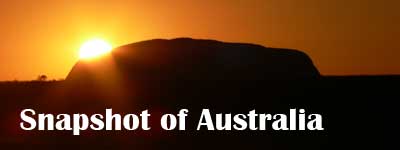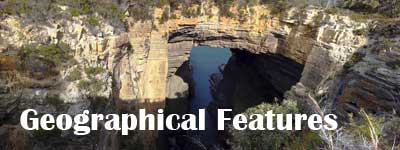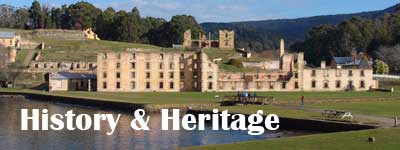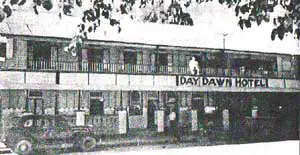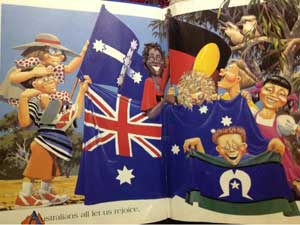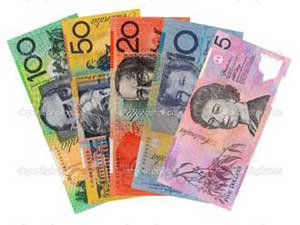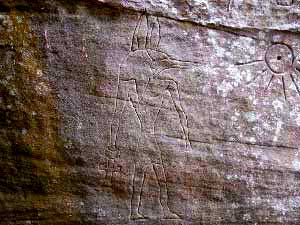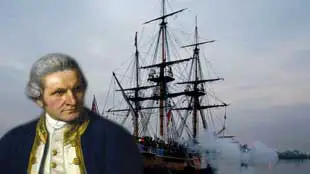Australian Culture
Much of Australia’s culture is derived from European roots, but distinctive Australian features have evolved from the environment, aboriginal culture, the influence of Australia’s neighbours and the many migrants from around the world who have chosen to call Australia home. The vigour and originality of the arts in Australia – films, opera, music, painting, theatre, dance, and crafts – are achieving international recognition.Australia has had a significant school of painting since the early days of European settlement, and Australians with international reputations include Sidney Nolan, Russell Drysdale, and Arthur Boyd. Writers who have achieved world recognition include Thomas Keneally, Colleen McCullough, Nevil Shute, Morris West, Jill Ker Conway, and Nobel Prize winner Patrick White. Australian movies are also well known.
Australia’s aboriginal inhabitants, a hunting-gathering people generally referred to as Australoids or Aborigines, arrived about 40,000 years ago. Although their technical culture remained static – depending on wood, bone, and stone tools and weapons – their spiritual and social life was highly complex. Most spoke several languages, and confederacies sometimes linked widely scattered tribal groups. Aboriginal population density ranged from 1 person per square mile along the coasts to 1 person per 35 square miles in the arid interior.
- About Aboriginal Culture
Australia may have been sighted by Portuguese sailors in 1601, and Capt. James Cook claimed it for the United Kingdom in 1770. At that time, the native population may have numbered 300,000 in as many as 500 tribes speaking many different languages. The aboriginal population currently numbers more than 300,000, representing about 1.7% of the population. Since the end of World War II, efforts have been made both by the government and by the public to be more responsive to aboriginal rights and needs.
Immigration has been essential to Australia’s development since the beginning of European settlement in 1788. For generations, most settlers came from the British Isles, and the people of Australia are still predominantly of British or Irish origin, with a culture and outlook similar to those of Americans. However, since the end of World War II, the population has more than doubled; non-European immigration, mostly from the Middle East, Asia, and Latin America, has increased significantly since 1960 through an extensive, planned immigration program. From 1945 through 1996, nearly 5.5 million immigrants settled in Australia, and about 80% have remained. Britain and Ireland have been the largest sources of post-war immigrants, followed by Italy, Greece, New Zealand, and the former Yugoslavia.
The 1970s saw progressive reductions in the size of the annual immigration program due to economic and employment conditions; in 1969-70, 185,000 persons were permitted to settle, but by 1975-76 the number had dropped to 52,700. Immigration has slowly risen since. In 1995-96, Australia accepted more than 99,000 regular immigrants. In 1999-2000, Australia accepted 82,000 new immigrants. In 2014, the number had reached 212,700. At 30 June 2014, 28.1% of Australia’s estimated resident population (6.6 million people) was born overseas.
Although Australia has between two to three persons per square kilometre, it is one of the world’s most urbanized countries. Less than 15% of the population live in rural areas.
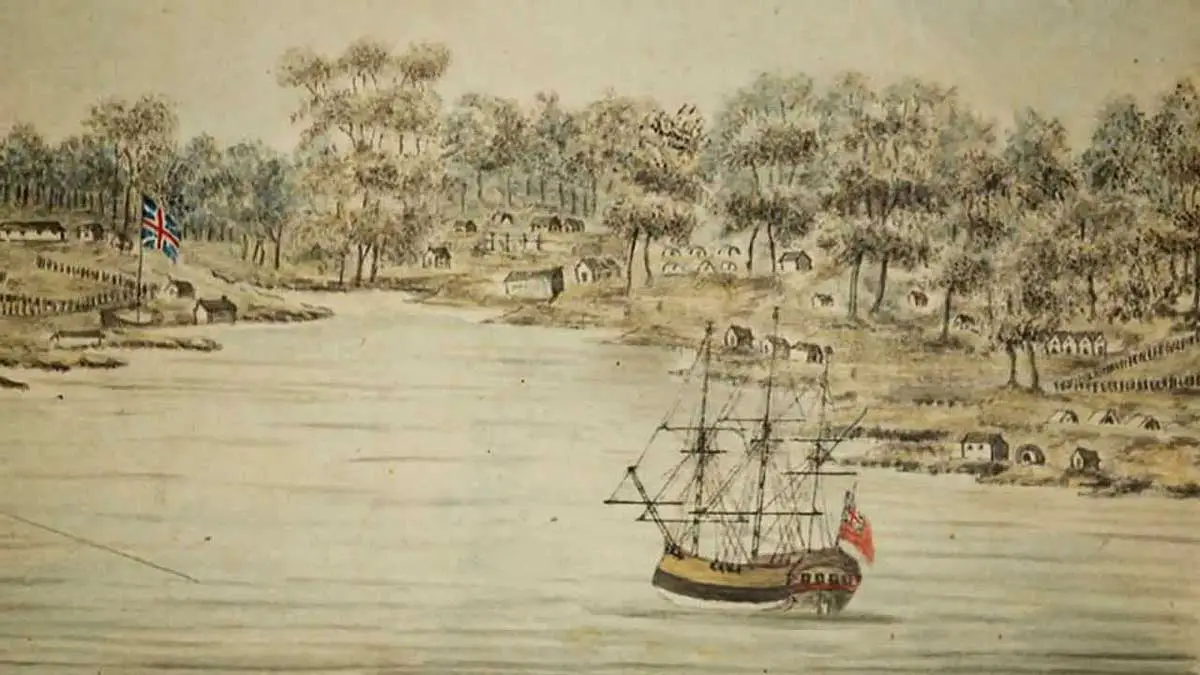
Sydney Cove, 1788, the birth of modern Australia
The idigenous peoples of Australia are believed to have arrived about 40,000 years ago, perhaps by boat across the waters separating the island from the Indonesia archipelago. Portuguese, Spanish, Dutch, and English explorers observed Australia before 1770, when Lieut. James Cook explored the east coast and claimed it for Great Britain.
On January 26, 1788 (now celebrated as Australia Day), the First Fleet under Capt. Arthur Phillip landed at Sydney, and formal proclamation of the establishment of the Colony of New South Wales followed on February 7. Many but by no means all of the first settlers were convicts, condemned to a 7-year sentence of Transportation to New South Wales for offences that today would often be thought trivial. The early-19th century saw the beginning of government policies to allow free trade, private enterprise, the emancipation of convicts and assist the immigration of free persons. The discovery of gold in 1851 led to a dramatic increase in population, wealth, and trade.
The six British colonies that now constitute the states of the Australian Commonwealth were established in the following order: New South Wales, 1788; Tasmania, first settlement 1803, granted colonial independence 1825; Western Australia, first settlement 1829, granted self government, 1890; South Australia, first settlement 1836, granted self government, 1857; Victoria, first settlement 1803, granted colonial independence 1851; and Queensland, first settlement 1824, granted colonial independence 1859. The Northern Territory was first settled by Europeans in 1824, annexed by South Australia in 1863, separated from South Australia to become a territory under Commonwealth control 1911. For a brief time between 1926 and 1931 the Northern Territory was divided into North Australia and Central Australia at the 20th parallel of South latitude.
Discussions between Australian and British representatives led to adoption by the British Government of an act to constitute the Commonwealth of Australia in 1900.
The first federal Parliament was opened at Melbourne in May 1901 by the Duke of York (later King George V). In May 1927, the seat of government was transferred to Canberra, a planned city designed by an American, Walter Burley Griffin. The first session of Parliament in that city was opened by another Duke of York (later King George VI). Australia passed the Statute of Westminster Adoption Act on October 9, 1942, which officially established Australia’s complete autonomy in both internal and external affairs. Its passage formalized a situation that had existed for years. The Australia Act (1986) eliminated the last vestiges of British legal authority.









